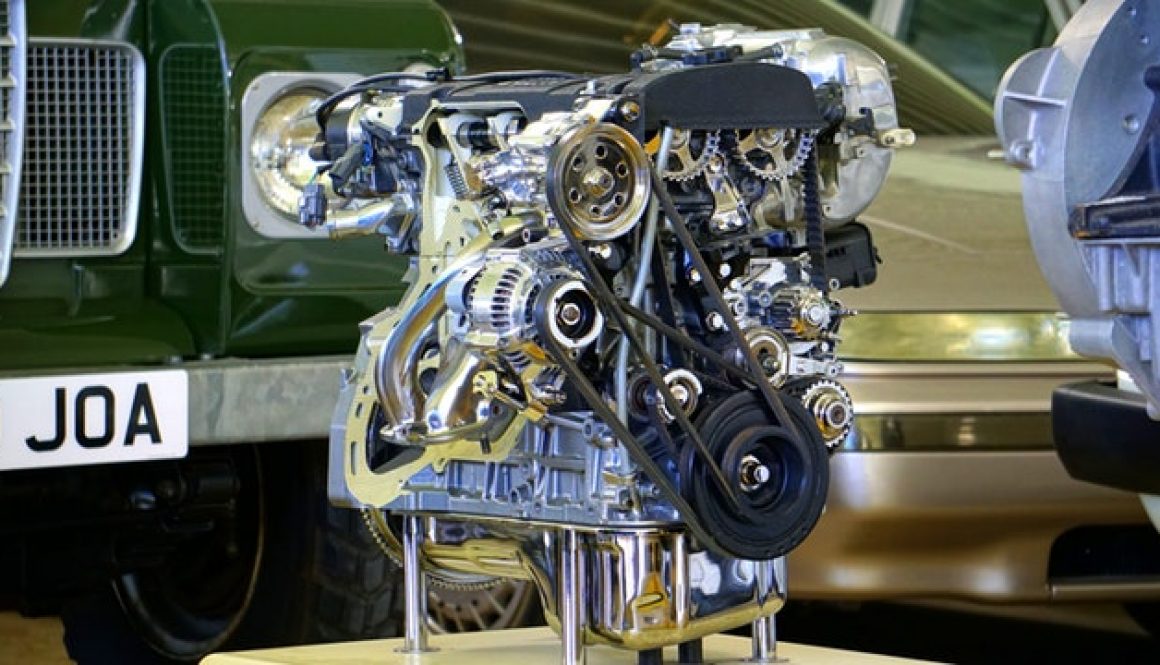My Car Engine Blew up | How Hard Is It to Do an Engine Swap?
How hard is it to do an engine swap?
Just thinking about how hard it is to do an engine swap makes my head spin without even doing the actual work. I am a professional technician writing this article, and even with my many years of experience I still have a difficult time sometimes with engine swaps.
Not all engine swaps are created equal. Some are easier than others, and vice versa. An engine swap can definitely be done by a total newbie, but you’re going to pay the price for doing it for the first time.
What I mean by that is you have to figure out how to do everything in that instance, and it can be discouraging.
Not only it can be discouraging, but it is also very dangerous if you do not know what do when it is time to extract the engine from the vehicle.
Let’s not forget about all the tools that are needed to get the job done. A total newbie performing this task with cheap tools is playing with fire. An example of a cheap tool: include dollar store tools from China.
How do I know my engine is blown?
When an engine blows it does a few things. it makes noises that sound like marbles in a can, and that noise usually comes from the bottom end of the engine. The engine turns over but doesn’t start. it will give the indication that there is no fuel or spark going to the engine.
Test that indicates blown motor
Compression test– test allows you to see the engine is able to produce enough compression to start the engine. If an engine compression is too low, the engine will not start.
Leak down test– A leak down test allows you to see if the piston rings inside of the engine are able to hold pressure within a particular specification.
Visual inspection– A visual inspection allows you to see if there is any damage to the engine. Sometimes when engines blow up it shoots the engine rod through the engine block or puts a hole in the engine pistons.
How to do a compression test on a car
To do a compression test in its simplest form is done as stated below. You will need a compression tester to complete this test. Source: Gregsengine.com
- Charge the battery if the battery is not fully charged.
- Disable the ignition system.
- Disable the fuel injection system.
- Remove all of the spark plugs.
- Block the throttle plate wide open.
- Start with the compression gauge at zero, and crank the engine through 6 compression strokes (6 puffs).
- Make the compression check for each cylinder. Record the reading.
- If a cylinder has low compression, inject approximately 15 ml (one tablespoon) of engine oil into the combustion chamber through the spark plug hole, recheck the compression and record the reading.
- The minimum in any one cylinder should not be less than 70% of the highest cylinder. No cylinder should read less than 100 PSI. For example, if the highest pressure in any one cylinder is 150 PSI, the lowest allowable pressure for any other cylinder would be 105 PSI.
Interpreting the readings.
- Normal: Compression builds up quickly and evenly to the specified compression for each cylinder.
- Piston Rings Leaking: Compression is low on the first stroke. Compression builds up with the following strokes but does not reach normally. Compression improves considerably when you add oil.
- Valves Leaking: Compression is low on the first stroke. Compression usually does not build up on the following strokes. Compression does not improve much when you add oil.
- If two adjacent cylinders have lower than normal compression and injecting oil into the cylinders does not increase the compression, the cause may be the head gasket leaking between the cylinders.
How to do a leak down test on a car
Why did my engine blow up?
An engine can blow up for many reasons.
- Lack of oil change in a timely manner
- Worn over time resulting in failure of engine parts
- Abuse I.E. racing and such
- overheat of the engine
- Driving with no engine oil in the engine
How long does it take to swap an engine?
The amount of time that it takes to do an engine swap solely depends on the amount of experience that person has and if you have the right tools to get the job done.
As said, in the beginning, some engine swaps are easier than others.
At the time of writing this, I am doing an engine swap on a 2004 Honda accord 4 cylinder engine. Because I have experience and the right tools to get the job done it took a total of 6 hours.
An inexperienced person doing this would have taken them maybe two full days or more. In order to have an idea of how long it will take to do an engine swap on your particular vehicle, you will need to get access to an online car repair manual.
How much for an engine swap?
I’ve seen engine swaps go for as much as $$2500-$3500. An engine swap depends on the year make and model of the vehicle. The car brands such as Mercedes-Benz, BMW, Audi will cost at least 1000 more than other vehicles to repair.
I’ve used repair pals auto repair estimator on more than one occasion to see what it cost to repairs on a particular vehicle.
What to look for when buying a used engine
There is a certain kind of precaution that needs to be followed if you want to buy a salvage engine. Salvage yards and junkyards intentionally and unintentionally leave information from customers in order to make a sale.
What I’ll share with you next will allow you to not be blindsided by miss information by salvage yards.
Don’t ask too many questions because they’ll never tell you everything. They’ll only give the sweet stuff to get you to buy. Do these few things and you’ll be more than equipped to buy any salvage engine from most makes and models.
Step 1.
Remove engine oil cap and look for any milky residue. If you see a milky substance that is a sign of either a blown cylinder head gasket or maybe water leaked inside the engine while being stored and the salvage yard.
Step 2. Turn crank pulley to verify that engine goes through full motion cycle.
Step 3. Remove the oil pan and oil filter if accessible and inspect for metal shavings or oil and water mixing.
For the oil filter remove it and drain into another container and look for any metal particle in the oil or attached to filter microns.
If you find any of these abnormalities, then pass on the to the next engine.




